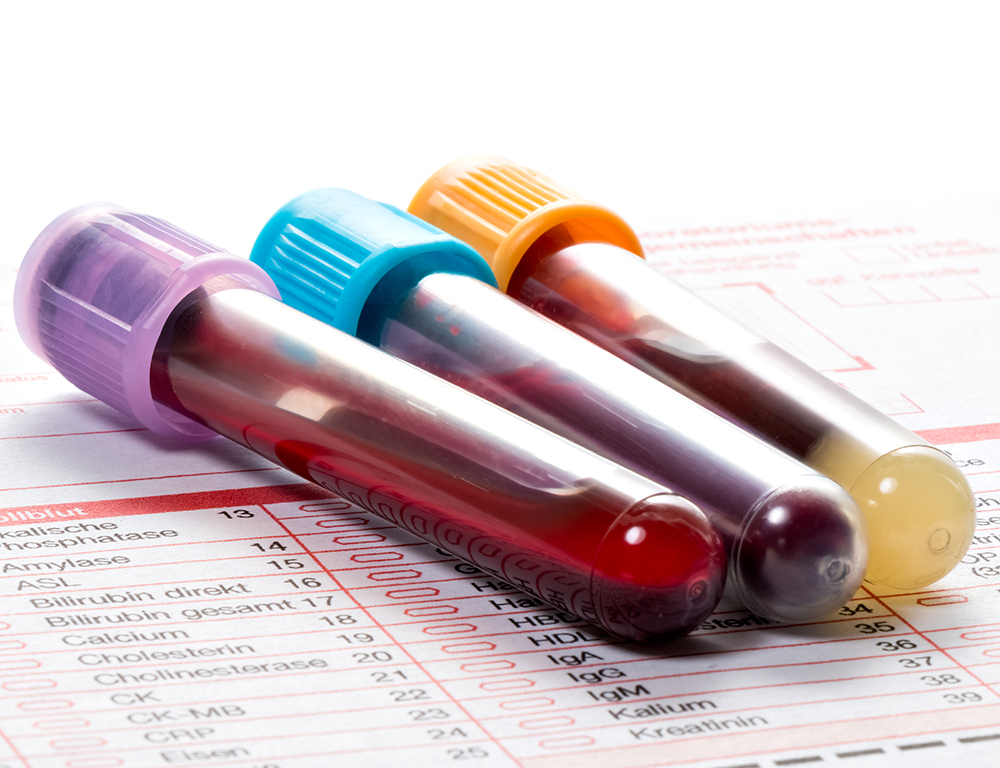The Medical Minute: The importance of catching and treating sepsis early

Every minute, someone comes into a hospital emergency department in the United States with sepsis, a life-threatening over-response to infection that damages tissues and organs. The condition can be so severe that the Centers for Disease Control and Prevention (CDC) has declared it a medical emergency.
The symptoms, which can be summed up with the acronym SEPSIS, could indicate a number of conditions, making it difficult to diagnose sepsis outside of a healthcare setting:
Slurred speech
Extreme shivering, fever, very cold or muscle pain
Passing no urine (in a day)
Severe breathlessness
“I feel like I might die”
Skin mottled or discolored
Medical personnel, however, can work to identify sepsis through vital signs, blood and urine tests and radiographic imaging.
Dr. Glenn Geeting, an emergency medicine specialist and medical director for hospital quality at Penn State Health Milton S. Hershey Medical Center, said sepsis is something the organization has been aggressively treating for a long time.
“We are learning better ways to treat sepsis,” he said. “Our process of finding and treating the condition continues to advance.”
Electronic medical records, such as the system in use at Milton S. Hershey Medical Center, help with sepsis alerts and can even recommend best practices for care, including testing, intravenous fluids and antibiotics.
Of course, preventing infections through frequent hand washing and bathing, and keeping vaccinations up to date can go a long way toward curbing conditions where sepsis could develop.
Geeting said early diagnosis and treatment are key to surviving sepsis because those who develop the more advanced septic shock – a lack of adequate blood supply to tissues and organs – have a greater chance of long-term organ damage, amputated limbs or death.
Those at greatest risk for sepsis include infants younger than 1, people older than 65 and those with chronic medical conditions and weakened immune systems.
Because 80 percent of sepsis cases originate outside of the hospital, Geeting said it is important that everyone knows how to recognize the warning signs and when to seek immediate medical attention. The longer sepsis is left undiagnosed and untreated, the more severe the consequences could be.
Learn more:
- September is Sepsis Awareness Month. Read about the observance – and Sepsis Awareness Day – here.
The Medical Minute is a weekly health news feature produced by Penn State Health Milton S. Hershey Medical Center. Articles feature the expertise of faculty physicians and staff, and are designed to offer timely, relevant health information of interest to a broad audience.
If you're having trouble accessing this content, or would like it in another format, please email Penn State Health Marketing & Communications.
